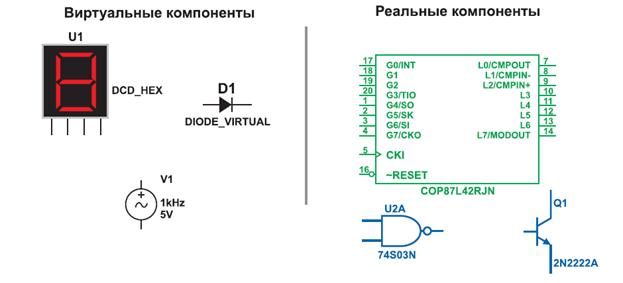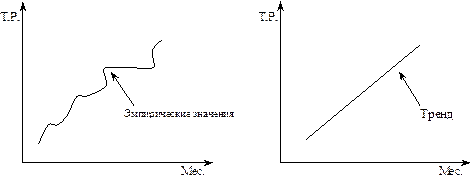Ideology
‘Ideology’ is a difficult term to interpret. One school of thought led by Karl Popper (1962) interprets ‘ideology’ as a way of political thinking typical of totalitarian movements. To Popper an ideology is an all-encompassing and closed system of thought. Such a system has something to say about all political, social and moral issues, it is also virtually impossible to disprove because there is always an explanation, within the terms of the ideology, for any deviation from its predictions. For Popper ideological thinking is opposed to scientific thinking. It is quite common to use the word ‘ideology’ to mean any more or less organized set of political principles. In this sense, liberalism, socialism and conservatism can also be described as ‘ideologies’. It is conventional to classify political movements and thinkers as right wing or left wing. This apparently derives from the first French National Assembly when the pro-monarchist conservatives sat on the right and the revolutionary republicans sat on the left of a semicircular assembly. The European and modern French parliaments adopt a similar seating pattern to this day. Such a classification can be controversial. What is radical and left wing in one context (e.g. republicanism in British colonial North America) can become conservatism in another time or place (e.g. republicanism in the modern United States). Generally speaking, the right is seen as against political, economic and social change, the left in favour of it. The right tends to be monarchist, clerical and favours the interests of the established well-off classes, the left is identified with republicanism, anti-clericalism and the interests of the masses (workers or peasants). This picture derives from French nineteenth-century politics. The ‘left’/‘right’ distinction is a shaky one. There are three differences in attitudes. The first difference is the degree of change from the ‘status quo’ – in favour or against change from the present situation. A second differentiates the direction of change – in favour of or against capitalism, clericalism or some other political value. A third considers the method of change – constitutional or revolutionary. In terms of the linear distinction, fascism and communism may be seen as occupying opposite extremes with liberal democrats at the centre. From a ‘centre’ point of view constitutional individualism constitutes one alternative and totalitarian collectivism is the opposite extreme. Some anarchists may see non-violent individualistic anarchism as the real left, with Leninists and fascists as the extreme right since both are prepared to make changes by force. An alternative to the traditional linear model is a circular model. Here the extremes of fascism and communism are not at opposite ends, but actually next to one another in the circle, because they share similar totalitarian traits.
1 Give Ukrainian equivalents for the following words and expressions. All-encompassing, to disprove, deviation, controversial, in favour, well-off class, peasant, distinction, linear distinction.
2 Translate words and word combinations from Ukrainian into English and use them in your own sentences. Інтерпретувати, питання моралі, наукове мислення, антиклерикалізм.
3 Complete the sentences. 1. This apparently derives... 2. To Popper an ideology... 3. It is quite common... 4. Some anarchists... 5. What is radical... 6. The right tends... 7. In terms of the linear distinction... 8. An alternative... 4 Comprehension questions. 1. How is the term ‘ideology’ understood by political scientists? 2. What is the classification of ideologies based on? What are its drawbacks? 3. What are the origins of traditional classification of ideologies? 4. How do left-wing and right-wing ideologies differ? 5. What is the basis of ‘left’/‘right’ distinction?
5 Say if the following statements are true according to the text. 1. One school of thought interprets ‘ideology’ as a way of political thinking typical of democratic movements. 2. The word ‘ideology’ means any more or less organized set of political principles. 3. In the first French National Assembly the pro-monarchist conservatives sat on the right and the revolutionary republicans sat on the left of a semicircular assembly. 4. The ‘left’/‘right’ distinction is a clear-cut one. 5. The directionof change may include constitutional or revolutionary ones. 6. In linear distinction, fascism and communism may occupy the same position. 7. Some anarchists may see non-violent individualistic anarchism as the real right. 8. Circular model is an alternative to the traditional linear model.
|




